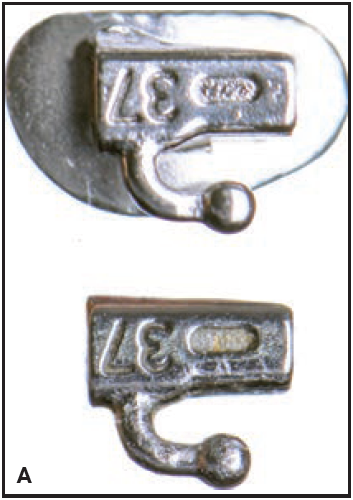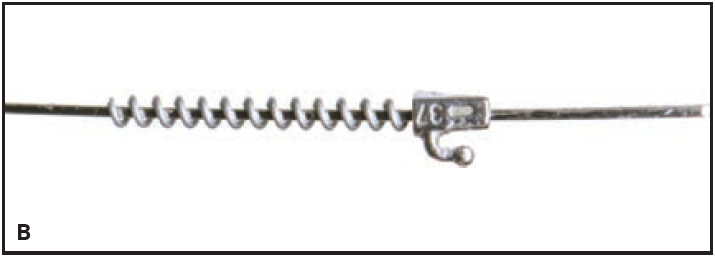PEARLS
Attachment of Class II Elastics in Patients with Missing Lower First Molars
Attachment of Class II elastics can be challenging in the absence of a mandibular first molar on one side. Orthodontists often resort to connecting the elastics asymmetrically to the mandibular second premolar or second molar, but that has its biomechanical disadvantages. This article, by our newly appointed Associate Editor for Pearls, shows a creative alternative using an open-coil spring and a tube along the archwire.
NDK
Attachment of Class II Elastics in Patients with Missing Lower First Molars
Clinicians may find it difficult to place Class II elastics in the absence of a lower first molar. One common solution is to place a closed-coil spring in the edentulous area (between the second premolar and second molar) so that the intermaxillary elastic can be attached from the upper canine to the lower second premolar or second molar, but this creates asymmetrical forces. In addition, a lack of patient compliance with the elastic can lead to unplanned distalization and rotation of the lower posterior tooth.
Here is another alternative that minimizes these unwanted side effects.
Procedure
This technique is used when the patient reaches the stage of occlusal correction with heavy archwires. Select a small first- or second-molar tube of any prescription. Consider removing its base with a diamond bur for added comfort (A). Cut a short nickel titanium open-coil spring that approximates the distance to the missing first molar. Place the open-coil spring and the tube on the archwire, with the spring mesial to the tube (B).
Tie the lower second premolar to prevent unwanted mesial-in rotation, and cinch the terminal end of the archwire. Choose an intermaxillary elastic with enough force to activate the spring (I recommend ¼", 4.5oz), but not so much as to bend the archwire when stretched from the upper canine to the hook of the small tube (C). If the patient stops wearing the elastics, it will not affect the position of the lower second molar.
A noticeable improvement can be achieved in the occlusal relationship by using this technique (D). Another variation is to use a crimpable post instead of a tube on the archwire.







COMMENTS
.